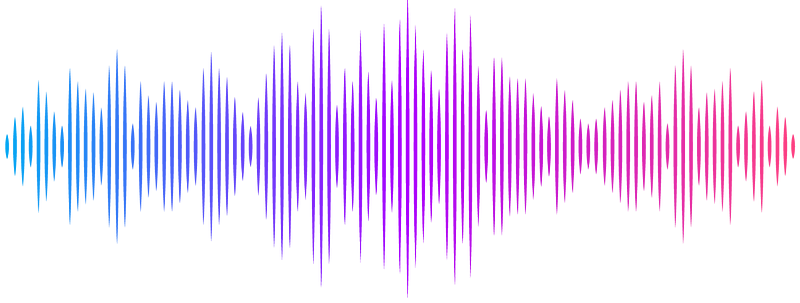THE NEURONAL ARCHITECTURE OF AUTONOMIC DYSREFLEXIA

THE NEURONAL ARCHITECTURE OF AUTONOMIC DYSREFLEXIA
Soriano, J. E.; Hudelle, R.; Mahe, L.; Gautier, M.; Teo, Y. Y.; Skinnider, M. A.; Laskaratos, A.; Ceto, S.; Kathe, C.; Hutson, T.; Charbonneau, R.; Girgis, F.; Casha, S.; Rimok, J.; Tso, M.; Larkin-Kaiser, K.; Hankov, N.; Gandhi, A.; Amir, S.; Kang, X.; Vyza, Y.; Martin-Moraud, E.; Lacour, S.; Demesmaeker, R.; Asboth, L.; Barraud, Q.; Anderson, M. A.; Bloch, J.; Squair, J. W.; Phillips, A. A.; Courtine, G.
AbstractAutonomic dysreflexia is a life-threatening medical condition characterized by episodes of uncontrolled hypertension that occur in response to sensory stimuli after spinal cord injury (SCI). The fragmented understanding of the mechanisms underlying autonomic dysreflexia hampers the development of therapeutic strategies to manage this condition, leaving people with SCI at daily risk of heart attack and stroke. Here, we expose the complete de novo neuronal architecture that develops after SCI and causes autonomic dysreflexia. In parallel, we uncover a competing, yet overlapping neuronal architecture activated by epidural electrical stimulation of the spinal cord that safely regulates blood pressure after SCI. The discovery that these adversarial neuronal architectures converge onto a single neuronal subpopulation provided a blueprint for the design of a mechanism-based intervention that reversed autonomic dysreflexia in mice, rats, and humans with SCI. These results establish a path for the effective treatment of autonomic dysreflexia in people with SCI.
